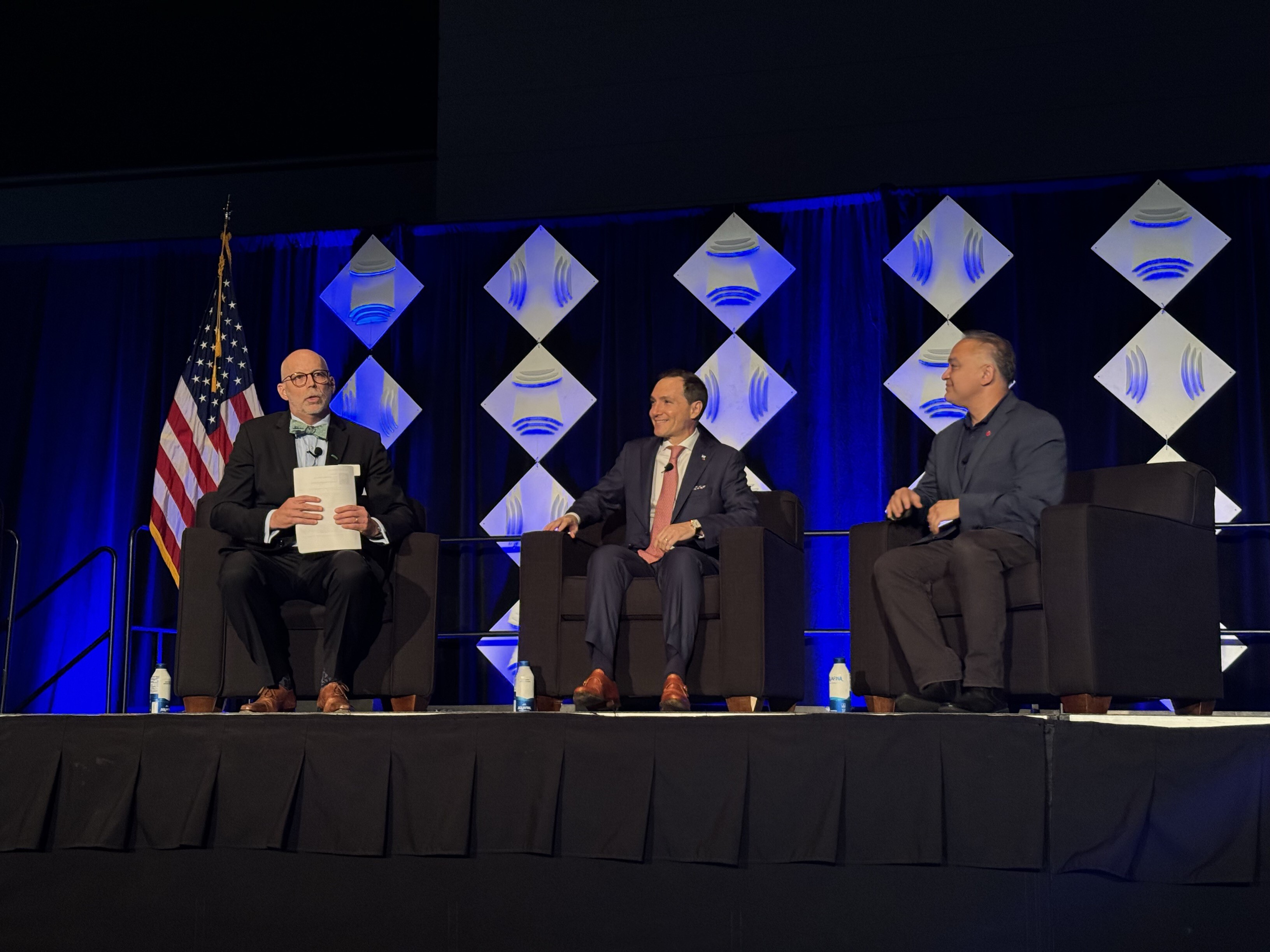EU MDR: What Does It Mean for the Medical Device Industry?

The new EU MDR raises a lot of uncertainty and concerns for manufacturers. Kim Trautman, Executive Vice President, NSF, talks about the challenges for the industry and how these can be addressed.
What Are the Key Changes Occurring With the EU MDR?
Firstly, manufacturers are no longer allowed to use data published in the scientific literature pertaining to competitors’ products in the same way to state that their product is equivalent. They must have the specifications for that other device, which is highly improbable unless it is part of the same company. There will likely be some new clinical investigations or evaluations, depending on the risk.
Another big change is the risk management and usability engineering throughout the lifecycle of the device. There’s a standard in the risk management community that you can take action as far as is reasonably practical. The EU MDR talks about taking it as far as possible. While this may seem like semantics, it’s really not.
There are also a lot of different requirements for labeling, including the unique device identification (UDI). Beyond the UDI, there are additional demands for risk management, where if risks cannot be reduced to as low as possible, they might have to go on the label or in the instructions for use.
Are There Additional Postmarket Surveillance and Other Premarket Requirements?
Yes, postmarket requirements go beyond typical complaint-handling. There are more specific requirements such as postmarket clinical follow-up, whether that be in clinical evaluation reports for regular devices or performance evaluation reports for in vitro diagnostic devices, under the EU IVDR. And then there are new roles and responsibilities for economic operators within the premarket arena, such as the authorised representative, legal manufacturer, importer or distributor.
Every single one of these changes will indirectly or directly affect the quality management system. To meet these new requirements, manufacturers must break down the silos that traditionally exist between regulatory affairs and quality assurance.
What Are the Time Frames for the EU MDR and How Can Manufacturers Prepare?
The main deadline for the EU MDR is May 2021. Manufacturers are allowed to maintain their current certifications until they expire. However, if a manufacturer makes a “significant change” after May 2021, it has to switch to the new regulation and be prepared for those changes. While the deadline for the IVD Regulation is May 2022, IVD manufacturers must also be prepared.
Preparations typically start with a gap analysis, comparing the current processes and procedures with what the regulation requires. From there, they need to march through a very methodical, project managed timeline to start handling some of those gaps. Companies have to decide whether they are going to hire additional resources to keep it in-house or if they will be going outside to third parties for some of these functions. Ultimately, a manufacturer’s QMS must be able to sustain these changes and remain compliant with the requirements of ISO 13485:2016.
How Does NSF Help Support Companies to Implement These Procedures?
One of my big roles at NSF is training. We are continually producing eLearning resources and face-to-face training because regulations are constantly changing. If people haven’t thought of some of these things, there is a fantastic eLearning module on the new regulation. We also have several experts that are ex-regulators who worked in the EU and can provide many different consulting services.
NSF goes beyond traditional consulting. We have people involved in clinical evaluation reports, tech file remediation and performance evaluation reports. They are now helping companies remediate those files and keep them updated. A call to action is the biggest message.
Companies cannot wait for more guidance – they need to act now.
Have Questions or Need Assistance?
How NSF Can Help You
Get in touch to find out how we can help you and your business thrive.

What’s New with NSF

NSF Shanghai Named Critical Site for NSF/ANSI 455 and NSF/ANSI 173 by ANSI National Accreditation Board
July 26, 2024
NSF Takes Center Stage at NEHA Annual Education Conference
July 25, 2024
NSF Asia Pacific Showcases Hospitality Solutions at THAIFEX HOREC Asia 2024 in Bangkok, Thailand
July 4, 2024